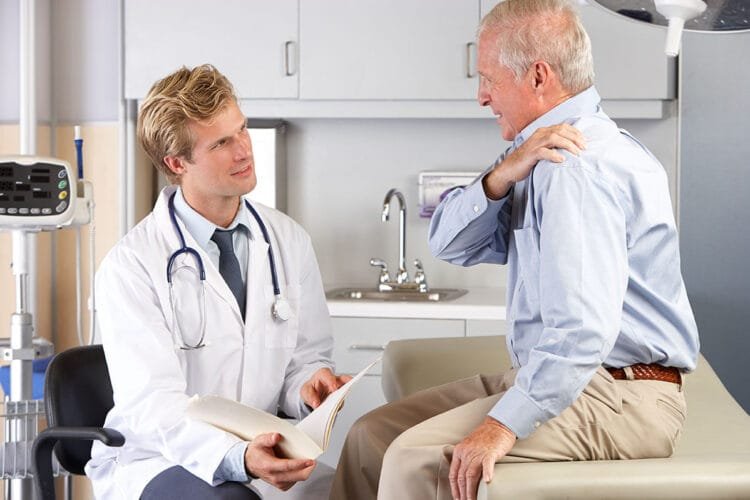People are generally not aware of the challenges their bodies face every day. Simply moving about is an activity that most do daily and that seems effortless. Yet, orthopedic experts know that this seemingly simple action activates many mechanisms in the body.
Orthopedics is the branch of medicine that deals with the musculoskeletal system. Knowledge in this area is expanding almost daily. The same can be said about the awareness of people on the importance of prevention of musculoskeletal diseases. It is not enough to only treat diseases and their symptoms. You must know when it is time to visit an orthopedist, even when you’re perfectly healthy.

Persistent Pain
Physical pain is always a sign of some damage to muscles, tissues, or organs. It can be millimeter-long, but as soon as it causes a painful sensation, you should check what it is. Do this if you feel the discomfort for a long time. The body can’t self-heal causes of chronic pain. A medical expert has to prescribe and conduct a specific therapy.
Different types of pain are a clear sign that it is time to visit an orthopedist. For example, chronic back discomfort after waking up or knee pain after a long walk. Pain that occurs in the joints during rest can also indicate inflammatory processes. These can damage bones, joints, and tendons. You might be surprised to learn that back pain can be experienced by kids as well.
Swelling is also another symptom that indicates an inflammatory process in the body. It usually appears around the ankles and can be quite uncomfortable. If left untreated, swollen joints can become painful and cause walking issues. In some cases, it can even lead to physical disability.
Visible Defects
Malformations on the musculoskeletal system are visible. Usually, these are superficial changes in bones, tendons, and joints. They occur as results of an injury, poor life habits, or genetic inheritance. Protruding joints, bent spine, crooked toes, lowered foot are just some of the deformities that orthopedists treat.
Some diseases, especially if they are congenital, still cannot be cured entirely. But with the help of orthopedic medicine, these patients can have a normal life without pain and discomfort. If they visit the orthopedist in time, they will learn how to live with the disease and keep it under control.
Sports Injuries
Injuries are a less beautiful part of playing sports. It cannot be said that they are indispensable, but they are frequent. Often, these injuries are not problematic and heal very quickly and without consequences, but sometimes and most often with fractures, even surgery is needed.
Fractures, cracks, dislocations of the joints, damage to muscles and tendons are the most common problems due to which athletes and physically active people need the help of orthopedists. If there is no tendon rupture or bone fracture, treatment will usually involve taking drugs and physical therapy.
Difficulties with Everyday Tasks

As you get older, it is typical for your vitality and physical capabilities to decline. In healthy people, these processes occur gradually, without disturbing them in everyday life. But if some hidden health problem arises in the meantime, you may have trouble performing even the simplest, daily tasks.
The reason for making an appointment in a clinic for orthopedic in Jersey city may be, for example, the inability to stretch in the morning, or you might have a problem with raising your arm or getting down on knees. Even if you do not feel any symptoms like pain or tingling, you should check what happens to your body.
In a certain age, regular medical check-ups are the best prevention. You may not need physical treatment or surgery. Still, expert advice on strengthening muscles, physical activity, and correcting habits will come in handy. Your body is changing, and you have to modify your lifestyle in order to have a long and healthy life.
Orthopedic medicine uses the latest technologies to treat many diseases. It successfully fights against conditions that were considered incurable until recently. Newest medications, therapies, and methods of setting diagnosis have a positive impact on the success of treatment.

